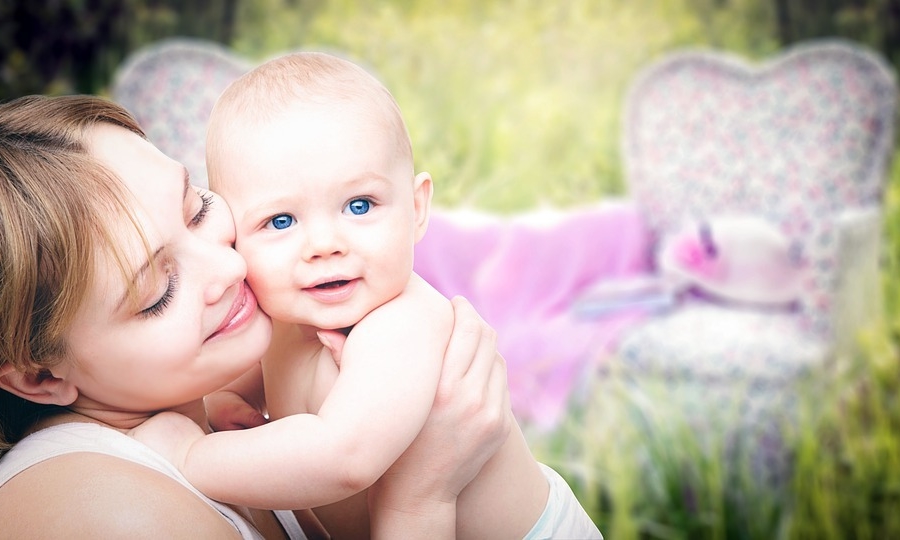
Febrile Seizures: How To Manage Them At Home
28 May 2018 | 3 min Read
Dr Deepali Shahasane
Author | 3 Articles
As a mom, how can you identify febrile seizure symptoms? Although febrile seizures lasting less than 15 minutes have no long-term health problems, it can be scary to watch your child experience a febrile seizure. Here is everything you need to know about febrile seizure symptoms and what to do if your child has a febrile seizure.
What are febrile seizures?
Febrile seizures are fits or convulsions that occur in children usually at the time of fever. Children aged 6 months to 5 years are more likely to experience febrile seizures. Having febrile seizures does not necessarily mean your child may have epilepsy, as epilepsy is characterized by recurrent seizures irrespective of fever.
Fever can be caused due to viral infections or bacterial infections. Febrile seizures are more commonly associated with fever due to viral infections. Fever can also occur post immunization like diphtheria, pertussis, tetanus or measles-mumps-rubella vaccines. In such cases, seizures occur due to the fever and not because of the immunization.
Febrile seizure: Types and symptoms
A child with a febrile seizure may have high fever, may lose consciousness and both arms and legs may shake or twitch uncontrollably. The febrile seizure symptoms may vary depending on the type of febrile seizure:
Simple febrile seizure: It is the most common type. Symptoms usually last less than 15 minutes and are not limited to one part of the body. They do not recur within 24 hours.
Complex febrile seizure: This type of seizure lasts longer than 15 minutes and is confined to one side of the body. It occurs more than once within 24 hours.
What to do if your child has a febrile seizure?
When your child experiences a febrile seizure, it is important to observe the child and time the seizure. The following steps can be taken to ensure your child’s safety during an episode:
- Observe the duration of the seizure. If the seizure lasts beyond 5 minutes or if your child isn’t breathing, immediately take your child to a hospital for further diagnosis and treatment.
- During the seizure, place your child on a safe surface, like the ground, to avoid any accidents. Keep sharp objects or furniture away.
- Under any case, do not try to restrain the child.
- Gently roll the child on the left side or stomach to avoid choking. Remove any objects from the mouth if possible and do not place anything in your child’s mouth during a seizure, as it can block their airway.
- You must simply wait for the seizure to subside or try and call for emergency medical help. Do not try to stop the seizure by holding the child down.
- Once the seizure has subsided, immediately take your child to a physician to check for causes of fever. This is extremely important if your child has neck stiffness, extreme tiredness or vomiting as these may be signs of meningitis, which is an infection of the covering of the brain.
Your doctor may recommend treatment for seizure for your child, if they keep reoccurring. Reoccurring seizures may increase your child’s risk for developing epilepsy. Most febrile seizures do not require treatment except for lowering fever. Febrile seizures are usually harmless and will not affect your child’s physical or intellectual capabilities. In any case, consultation with your child’s pediatrician will help you manage the symptoms and prevent any complications efficiently.
Also read: 5 Home Remedies to Comfort Your Child During Fever
A


Related Topics for you
Suggestions offered by doctors on BabyChakra are of advisory nature i.e., for educational and informational purposes only. Content posted on, created for, or compiled by BabyChakra is not intended or designed to replace your doctor's independent judgment about any symptom, condition, or the appropriateness or risks of a procedure or treatment for a given person.
